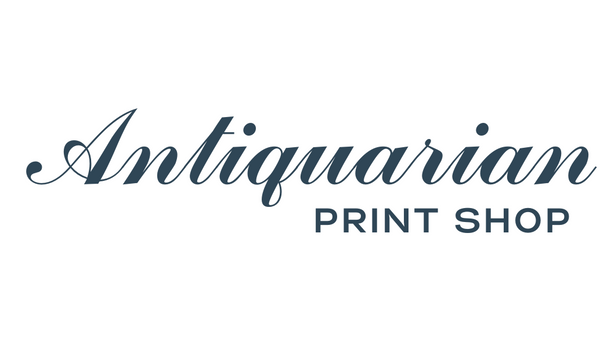John Gerrard Keulemans (1842 - 1 912)
Keulemans was born in Rotterdam. As a young man he collected animal specimens for museums such as the Natural History Museum in Leiden, whose director, Hermann Schlegel, encouraged Keulemans and sent him on the 1864 expedition to West Africa.
In 1869, he was persuaded by Richard Bowdler Sharpe to illustrate his Monograph of the Alcedinidae, or Family of Kingfishers (1868-1871) and to move to England,where he lived for the rest of his life.
He was married twice, and had eight children by his first wife and seven children by his second wife. Only nine of his children reached adulthood. He also wrote topics on spirituality, and claimed he had a premonition at the moment of death of one of his sons. He died in Ilford, Essex (now part of Greater London) and is buried in Buckingham Road cemetery, Ilford, in an unmarked grave.
Keulemans regularly provided illustrations for The Ibis and The Proceedings of the Zoological Society. He illustrated many important bird books, including Buller's A History of the Birds of New Zealand
One of his last great achievements was his contribution of over one hundred plates for Frederick Du Cane Godman's Monograph of the Petrels (1907–1910). He also spent some time collecting birds in Cape Verde and West Africa.
Keulemans was prodigious in his output - he was commissioned to paint pictures of birds extensively throughout his career, and his prints were published continuously from 1867 to 1911. Keulemans' first prints appeared in two books by Francois Pollen, Contributions a l'histoire naturelle des Lemuriens (1867) and Een blik in Madagascar (1867). Some appeared after his death until 1915 (Mathews, Birds of Australia); he had rendered the images on stone well before publication of these works. A calculation of his total output gives about 4,000-5,000 published illustrations. The vast majority of these were vignettes published within octavo-size books and publications, and a great number of his works also appeared in quarto (Dresser/Europe) and in folio (Seebohm/Turdidae and DuCane Godman/Petrels). While the subject of his illustrations was almost entirely avian, he was also commissioned to create portraits of mammals, insects, and shells.
Most of the illustrations by Keulemans were produced through traditional lithography, allowing for a finished product that depicts a vivid, lifelike figure through depth and tone.
Related Tag: Natural History Prints

